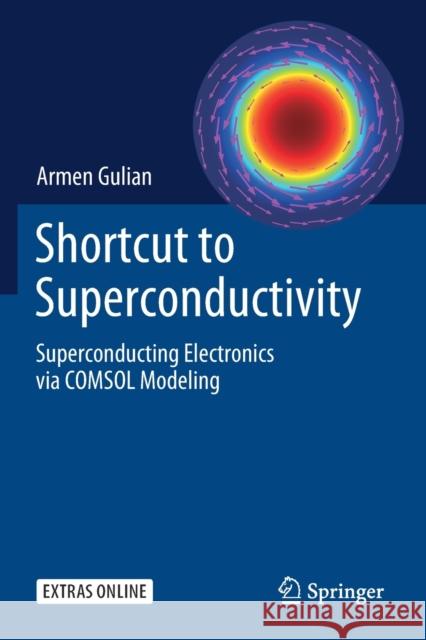Shortcut to Superconductivity: Superconducting Electronics Via Comsol Modeling » książka
topmenu
Shortcut to Superconductivity: Superconducting Electronics Via Comsol Modeling
ISBN-13: 9783030234881 / Angielski / Miękka / 2021 / 276 str.
Shortcut to Superconductivity: Superconducting Electronics Via Comsol Modeling
ISBN-13: 9783030234881 / Angielski / Miękka / 2021 / 276 str.
cena 242,07
(netto: 230,54 VAT: 5%)
Najniższa cena z 30 dni: 231,29
(netto: 230,54 VAT: 5%)
Najniższa cena z 30 dni: 231,29
Termin realizacji zamówienia:
ok. 22 dni roboczych
Bez gwarancji dostawy przed świętami
ok. 22 dni roboczych
Bez gwarancji dostawy przed świętami
Darmowa dostawa!
Kategorie BISAC:
Wydawca:
Springer
Język:
Angielski
ISBN-13:
9783030234881
Rok wydania:
2021
Wydanie:
2020
Ilość stron:
276
Waga:
0.41 kg
Wymiary:
23.39 x 15.6 x 1.57
Oprawa:
Miękka
Wolumenów:
01
Dodatkowe informacje:
Wydanie ilustrowane











